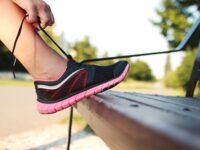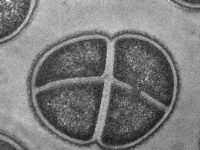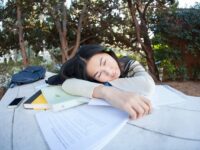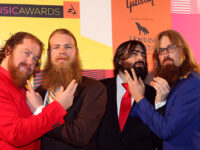Sleep is the one time many feel like they are completely relaxed. However, when monsters start to crawl from under your bed and you find yourself frozen: All you can do is lay there and wait for them to attack. As you panic, your breathing gets harder; the figure gets closer; your panic increases; and the loop continues to spiral. That is, until you actually wake up.
This terrifying experience between asleep and awake is called sleep paralysis. Paralysis during sleep developed as an evolutionary trait, allowing us to sleep on trees and in small spaces without fighting back at the monsters in our dreams, but evolution did not account for what would happen if we regained consciousness during this state.
The state of paralysis while asleep is called muscle atonia, and it occurs during one of the four sleep stages, called rapid eye movement (REM). Normally, this state of atonia fades before we wake up. In sleep paralysis, however, it persists without regard to consciousness.
Possible psychological experiences while paralyzed can be categorized into three, non-mutually-exclusive groups: incubus, intruder, and vestibular motor sensation. In incubus sleep paralysis, the sleeper will feel a deep pressure on their chest as if someone is sitting on it, making it difficult to breathe. This can be explained by our short and quick breathing patterns during REM sleep, an unnatural and uncomfortable state for those conscious to experience it.
Normally, this state of atonia fades before we wake up. In sleep paralysis, however, it persists without regard to consciousness.
This can be combined with intruder sleep paralysis, where the sleeper will imagine a figure in the room. This is due to the inactivation of the temporoparietal junction, responsible for our ability to create our body image and distinguish what is physically real. The inactivation of the temporoparietal junction is also the reason for vestibular-motor sensation where the sleeper will feel disassociated from their body, either floating above it or looking from a third-person point of view.
Even though we now know the neurobiological processes occurring during sleep paralysis, possible cures remain uncertain. A team at Beth Israel Deaconess Medical Center discovered that common sleep-inhibiting external factors such as substance use, stress, and PTSD could lead to an increase in sleep paralysis symptoms. Antidepressants, meditation, and avoiding blue light before sleep were recommended treatments. Despite this and similar studies, researchers still have not been able to pinpoint why sleep-inhibiting factors lead to consciousness during REM sleep; therefore, no specialized treatments for sleep paralysis exist. Regardless, these external correlations open the path for future studies to observe the neurobiological effects of external effects and their possible cures.
Sources:
Neurotherapeutics (2021): DOI:10.1007/s13311-020-00966-8
Sleep Medicine Review (2018): DOI: 10.1016/j.smrv.2017.05.005






